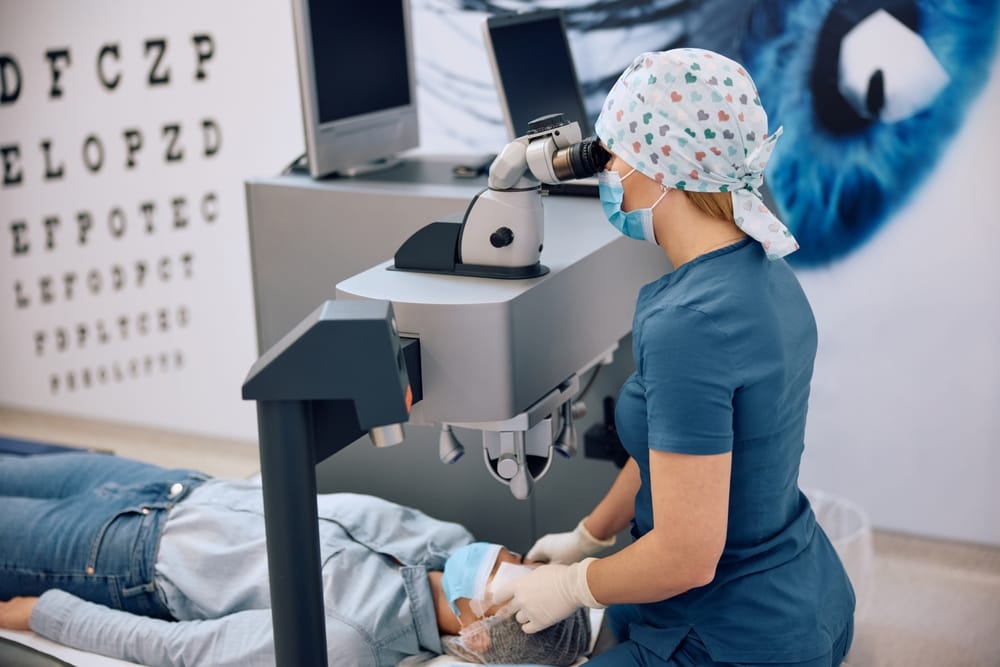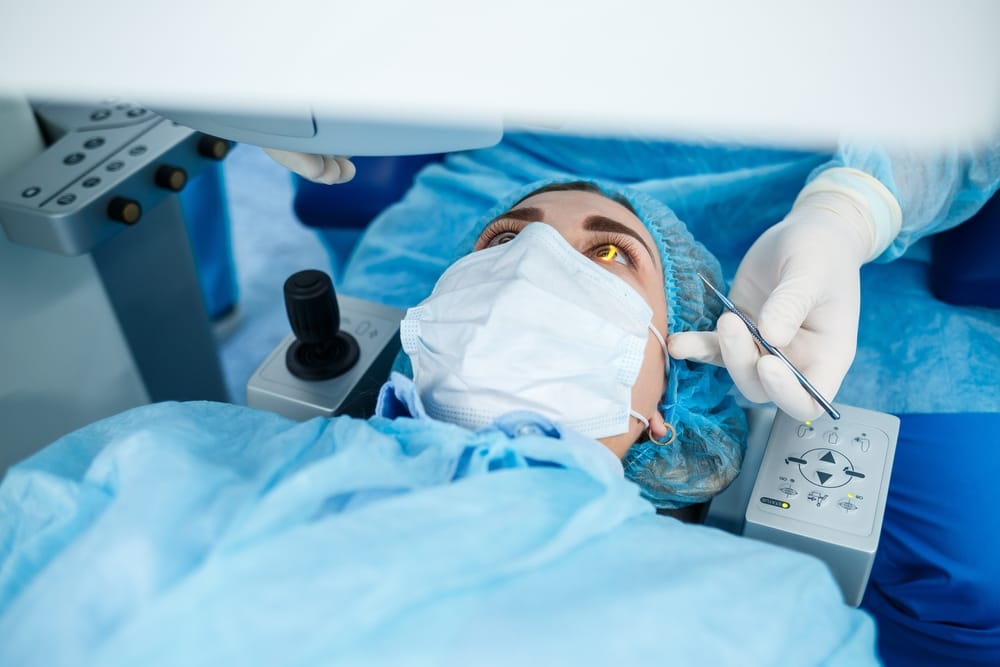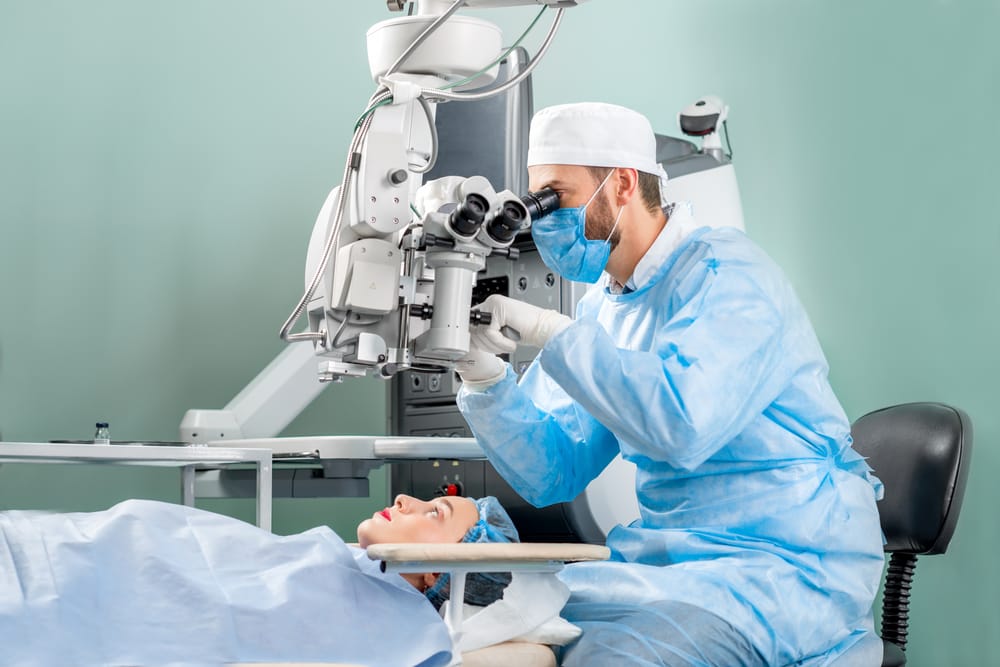Orbital implants represent a critical component of ocular reconstruction, providing structure, support, and aesthetic benefits for patients who have undergone eye removal surgery. Smart Technology LLC specializes in manufacturing high-quality orbital implants using advanced techniques in our ISO 10000 clean room facility. Our implants are designed by experienced surgeons who understand both the technical requirements and the human impact of these devices.
Implants

Understanding Orbital Implants
Orbital implants are specialized medical devices designed to replace volume in the eye socket following enucleation (complete eye removal) or evisceration (removal of the eye’s contents while preserving the outer shell). These implants serve both functional and aesthetic purposes, providing a foundation for an ocular prosthesis (artificial eye) while maintaining the structure of the eye socket. Modern implants are typically made from biocompatible materials such as porous polyethylene, hydroxyapatite, or medical-grade silicone that integrate with surrounding tissues and support long-term stability.
The design and material of orbital implants have evolved significantly over time, moving from simple spheres to complex structures that better accommodate tissue integration and prosthetic attachment. Today’s implants often feature porous surfaces that allow for fibrovascular ingrowth, creating a more stable, long-lasting connection with the patient’s natural tissues. Some advanced designs incorporate features that enhance motility (movement), allowing the prosthetic eye to move more naturally in conjunction with the remaining eye. At our custom design manufacturing facility, we develop implants that balance surgical practicality with optimal patient outcomes, focusing on factors like tissue compatibility, infection resistance, and long-term comfort.

Benefits of Orbital Implants
Enhanced Cosmetic Appearance
Orbital implants provide essential volume within the eye socket, preventing the sunken appearance that can occur after eye removal surgery. This volume replacement helps maintain natural facial symmetry and contours, creating a more balanced look. The implant supports the position of the eyelids and surrounding structures, preventing drooping or distortion that might otherwise develop over time.
When properly fitted and paired with a well-crafted ocular prosthesis, the implant system can create a remarkably natural appearance that many observers won’t distinguish from a biological eye. This cosmetic benefit extends beyond mere vanity—it can significantly impact social interactions and self-perception. Patients with high-quality implants often report greater confidence in professional and personal settings, focusing on their daily activities rather than concerns about their appearance.
Improved Socket Health
A properly designed implant helps maintain the structural integrity of the eye socket, preventing complications like socket contraction or tissue atrophy. The implant provides appropriate pressure distribution throughout the socket, supporting healthy tissue function and preventing irregularities that could cause discomfort or compromised prosthetic fit. This structural support helps preserve the natural anatomy of the eye area for the long term.
Modern porous implants allow for tissue integration, which improves vascularization (blood flow) in the socket tissues. This enhanced blood supply promotes better healing and reduces the risk of tissue breakdown or infection. Healthy socket tissues are better able to support the prosthetic eye and adapt to everyday stresses like blinking and eye movement. Over time, this tissue health translates to greater comfort and fewer complications requiring medical intervention.
Enhanced Prosthesis Movement
Quality orbital implants can be surgically connected to the eye muscles, allowing for coordinated movement between the implant and the remaining natural eye. This connection transfers movement from the muscles to the implant and then to the external prosthesis, creating more natural-looking eye movements. Advanced implant designs maximize this transfer of motion, helping the prosthetic eye follow the same directional patterns as the natural eye.
The improved mobility provided by modern implants allows for more natural blinking patterns and smoother transitions between different gaze directions. This dynamic quality significantly enhances the realism of the prosthetic eye system, making the artificial eye appear more lifelike in everyday interactions. For many patients, this functional improvement represents one of the most important benefits of high-quality orbital implants, contributing to both aesthetics and psychological comfort.
Reduced Long-term Complications
Modern implant materials and designs significantly reduce the risk of complications compared to older approaches. Biocompatible materials minimize rejection risks and allergic responses, while porous structures that allow tissue integration reduce the chances of implant migration or extrusion. These advances have dramatically improved the long-term stability of orbital implants, with many patients maintaining the same implant for decades without issues.
The reduced complication rate means fewer revision surgeries and medical interventions over the patient’s lifetime. This stability translates to less disruption, discomfort, and expense for the patient. Our manufacturing processes incorporate strict quality control measures to ensure consistent material properties and structural integrity in every implant, further reducing the risk of device-related complications. For patients, this reliability means greater peace of mind and fewer concerns about future problems.
Psychological Well-being
The restoration of natural appearance through quality orbital implants can have profound psychological benefits for patients adapting to vision loss. The ability to look in the mirror and see a familiar reflection helps maintain self-image and identity during a challenging transition. For many patients, this cosmetic restoration plays a crucial role in the emotional healing process after eye loss.
Beyond personal perception, orbital implants help reduce unwanted attention or questions about appearance in social settings. This normalization allows patients to navigate social environments without the added stress of explaining visible differences or dealing with others’ reactions. The combination of improved appearance and enhanced function supports patients in returning to their normal activities and relationships with confidence. Many patients report that this aspect of implants—the ability to feel “normal” in social settings—represents one of the most valuable benefits of the technology.
Our Orbital Implant Treatment Process
- Initial Consultation
- Customized Treatment Plan
- Implementation of Treatment
- Aftercare & Maintenance Tips
- Follow-Up
Initial Consultation
Your implant process begins with a comprehensive consultation to evaluate your specific needs and medical history. Our team assesses factors such as the cause of eye loss, condition of your eye socket tissues, and your expectations for cosmetic and functional outcomes. We discuss important considerations like your lifestyle needs, occupational requirements, and any specific concerns you may have about the implant process. This thorough initial assessment allows us to recommend the most appropriate implant options for your unique situation.
Customized Treatment Plan
Based on your consultation, we develop a personalized implant plan tailored to your anatomical needs and personal goals. Our team selects the optimal implant material, size, and design to achieve the best possible functional and cosmetic results in your specific case. This customized approach considers factors such as your socket anatomy, remaining tissue structures, and compatibility with prosthetic options you might use in the future. We carefully document all specifications to ensure your implant meets both medical requirements and personal expectations.
Implementation of Treatment
The implant procedure is typically performed by an experienced oculoplastic surgeon or ophthalmologist who specializes in ocular reconstruction. During surgery, the implant is carefully positioned within the eye socket and may be connected to the eye muscles to enable movement. The tissues are then carefully closed over the implant, creating a smooth surface for eventual prosthetic fitting. Our ISO 10000 clean room manufacturing ensures that every implant meets the highest standards of quality and sterility when it reaches the surgical setting.
Aftercare & Maintenance Tips
Following implant surgery, proper surgical site care is essential for optimal healing and long-term success. During the initial healing period, you’ll receive detailed instructions on cleaning protocols, medication schedules, and activity restrictions. It’s important to attend all scheduled follow-up appointments to ensure the implant is healing as expected. Most patients can resume normal activities within a few weeks, though certain high-impact activities may be restricted for a longer period to allow complete healing.
Follow-Up
Regular follow-up appointments allow your healthcare team to monitor how well your orbital implant is integrating and functioning. These check-ups typically include assessment of the socket tissues, implant position, and any movement capabilities. As healing progresses, your doctor will determine when you’re ready for prosthetic fitting, usually several weeks after implant surgery. Long-term follow-up continues periodically to ensure ongoing success of the implant and to address any concerns that might arise as years pass.
Why Choose Us for Implants
Smart Technology LLC brings unique qualifications to orbital implant manufacturing through our foundation by experienced surgeons who understand ocular reconstruction from both surgical and patient perspectives. Our development team combines clinical expertise with advanced manufacturing capabilities to create implants that excel in both function and biocompatibility. We manufacture all our products in an ISO 10000 clean room environment using precision robotic assembly techniques that ensure consistent quality and performance in every implant we produce.
Our global presence with offices in Cleveland, Dubai, and Hyderabad allows us to serve patients worldwide while maintaining consistent quality standards. We don’t simply manufacture standard implants – we constantly innovate through ongoing research and development, creating new solutions for challenging reconstruction cases. Our design process incorporates feedback from surgeons and patients to improve our products continuously. When you choose Smart Technology LLC for your orbital implant needs, you’re partnering with a company that understands the critical importance of these devices in restoring both function and confidence after eye loss.

Begin Your Reconstruction With Confidence
The implant you choose sets the foundation for your entire reconstruction process, influencing everything from comfort to appearance for years to come. Our surgeon-designed implants incorporate anatomical understanding and patient feedback to create truly superior outcomes. Reach out to see the difference quality makes. Schedule your consultation today to explore how our advanced implant solutions can support your reconstruction goals.
FAQs
What is an orbital implant?
An orbital implant is a specialized medical device placed in the eye socket after eye removal surgery to replace lost volume and provide support for an artificial eye. It’s typically a spherical or egg-shaped structure made from biocompatible materials like porous polyethylene, hydroxyapatite, or medical-grade silicone. The implant sits deep within the socket where the eye was located, creating a foundation that maintains the socket’s shape and supports an ocular prosthesis.
How are orbital rim implants placed?
Orbital rim implants are placed through a surgical procedure performed under anesthesia by an oculoplastic surgeon or ophthalmologist. The surgeon makes an incision either through the eyelid or inside the conjunctiva to access the rim of the eye socket. The custom-designed implant is then carefully positioned against the orbital rim bone and secured in place with tiny screws or other fixation methods. After proper positioning, the incision is closed with sutures, and healing typically takes several weeks.
How long does an orbital implant last?
Modern orbital implants are designed to be permanent and can last throughout a patient’s lifetime in many cases. The biocompatible materials used in today’s implants resist degradation and are well-tolerated by the body, allowing for long-term stability once integrated with surrounding tissues. However, some patients may require adjustment or replacement after many years due to natural aging changes in the socket tissues, trauma, or rare complications like implant exposure.
What materials are used for orbital implants?
Orbital implants are manufactured from various biocompatible materials specifically chosen for their safety profile and functional properties. Porous polyethylene allows for tissue integration and vascular ingrowth, creating a stable, long-term placement within the socket. Hydroxyapatite, derived from coral or synthetically produced, mimics bone mineral and promotes excellent tissue integration. Medical-grade silicone provides a smooth, non-reactive option that’s easily shaped to patient needs.
What is the recovery process after orbital implant surgery?
Recovery after orbital implant surgery typically involves managing swelling and discomfort for the first 1-2 weeks using prescribed medications and cold compresses. Most patients can resume light activities within a few days but should avoid strenuous exercise, swimming, and heavy lifting for 3-4 weeks to prevent complications. The socket will initially be covered with a conformer to maintain shape until swelling subsides, typically followed by prosthetic fitting approximately 6-8 weeks after surgery when healing is complete.
